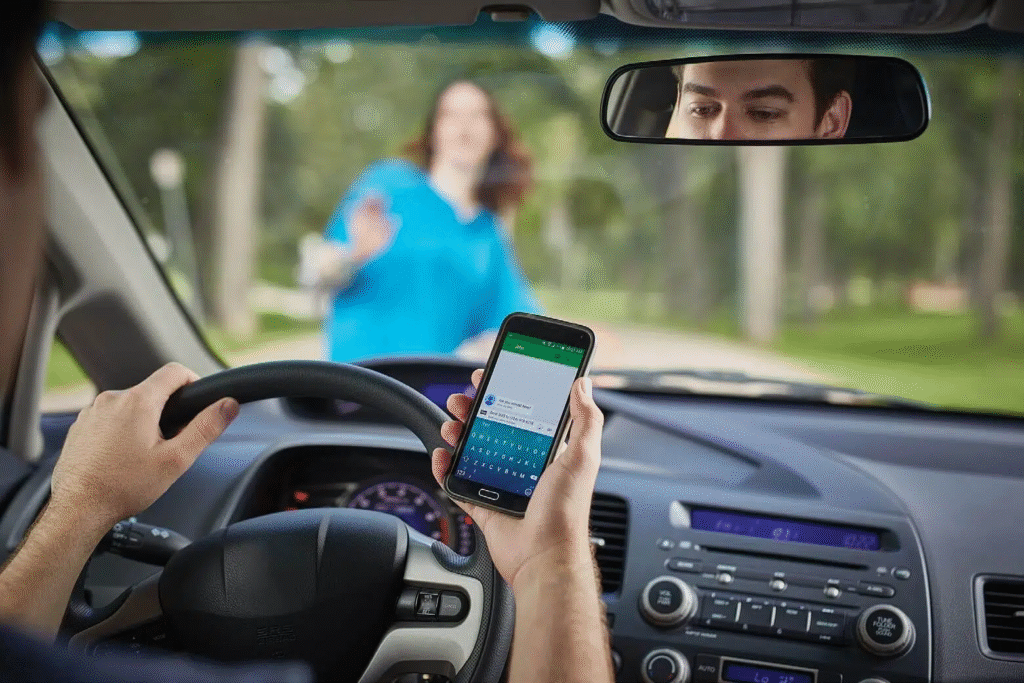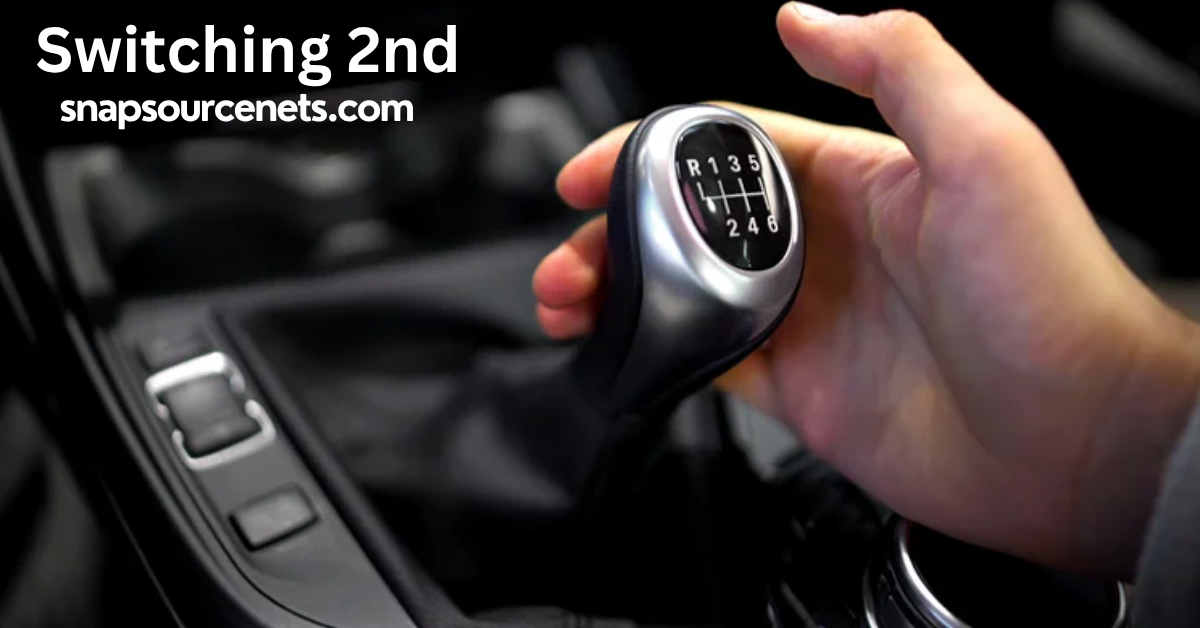Switching 2nd: A Complete Guide to Smoother Driving and Better Gear Control
Switching 2nd is one of the most important steps in manual driving, yet it is often misunderstood by new drivers. When people learn how to drive a manual car, they usually worry about starting the vehicle, avoiding stalls, and controlling the clutch. But the moment of switching 2nd gear is where true driving confidence begins to develop. This process is not only about shifting from first gear to second gear, but about understanding timing, engine sound, clutch pressure, and vehicle control. Many new drivers in the United States struggle with this early skill, especially because manual transmission cars are less common today. However, knowing how switching 2nd works is valuable for overall driving knowledge, better car control, and understanding how vehicles respond to different speeds.
In this article, we explore everything about switching 2nd, why it matters, how to do it smoothly, what problems drivers face, and how to master gear transitioning in a simple and easy-to-read way. We will also include advanced insights, real-world examples, and professional driving techniques not often shared on basic driving websites. This makes the content more helpful for both beginners and those who already have some driving experience but want to improve their skill.
What Switching 2nd Really Means
Switching 2nd is the exact moment when a driver changes from first gear to second gear in a manual transmission car. First gear is designed for low speeds and more engine power, while second gear is built for slightly higher speeds and smoother acceleration. When you begin driving, the car needs a strong push from the engine, which first gear provides. But as soon as the vehicle builds enough momentum, the engine demands a higher gear to keep running smoothly. That is when switching 2nd becomes necessary.

This transition is more than just a mechanical step. It involves understanding the engine’s sound, feeling the vibration of the car, and paying attention to your speed. Switching 2nd helps prevent engine strain, reduces fuel usage, and prepares the car for steady driving. When drivers perform this action correctly, the activity feels natural and smooth. But when done poorly, the car may jerk, stall, or make loud noises.
The concept of switching 2nd may sound simple, but it becomes a foundation for learning all other gears. Once a driver masters this shift, higher gears feel easier and more predictable.
Why Switching 2nd Is So Important for New Drivers
Switching 2nd matters because it sets the tone for the rest of the drive. One of the main reasons new drivers struggle with manual cars is because they fail to understand the right timing to shift gears. First gear cannot be used for long, and keeping the vehicle in first gear for too long will make the engine rev loudly and use more fuel. Switching 2nd at the correct time allows the car to move forward smoothly without stressing the engine.
Another reason switching 2nd is important is because it teaches the driver proper clutch control. When new drivers understand how to control the clutch during the shift, they also gain confidence for other driving situations such as moving uphill, merging into traffic, or making turns. If switching 2nd becomes natural, it shows that the driver is gaining real skill.
A smooth transition also improves safety. Cars in first gear move too slowly, which can be dangerous in traffic. Switching 2nd gives the car enough speed to match the flow of vehicles around it.
When You Should Switch to Second Gear
Switching 2nd should happen once the car reaches a speed where first gear is no longer needed. For most vehicles, this point is between 10 to 15 mph, although the exact number depends on the car and engine type. Many new drivers learn to depend on the sound of the engine rather than the speedometer. When the engine becomes loud or sounds like it is working too hard, it is time for switching 2nd.
Another clue is the movement of the car. Once the vehicle begins to feel ready to accelerate smoothly without heavy engine noise, the driver can shift into second gear. Some people try switching 2nd too early, which causes the car to drop in speed and feel heavy. Others shift too late, which causes loud revving.
The key idea is to listen and feel the vehicle rather than rely only on numbers.
How to Switch from First to Second Gear Smoothly
Switching 2nd smoothly requires a combination of gentle movements and correct timing. Drivers should begin by pressing the clutch fully, releasing the gas pedal, moving the gear stick into second gear, and then releasing the clutch slowly while adding light pressure to the gas pedal. When done correctly, the car continues moving forward without jerking or losing speed.
A smooth gear change depends on how slowly and steadily the driver releases the clutch. If the clutch is released too quickly, the car will jerk. If the clutch is released too slowly, the car may rev too high. The goal is to find the balance where the engine and wheels connect seamlessly.
The position of the driver’s hands also matters. A relaxed grip on the gear stick helps the driver move it easily without forcing it. When a driver forces the gear stick, the shift becomes harsh and uncomfortable. Many driving instructors teach students to take a breath before switching 2nd, helping them stay calm and focused.
The Role of Engine Sound During Switching 2nd
Engine sound is one of the most reliable signals during switching 2nd. First gear has a loud and strong engine tone because the engine is working hard to move the car from a stop. As the car speeds up, the tone becomes higher and sharper. When it reaches a point where it sounds strained, it is time for the shift.
Drivers should not worry about looking professional—listening to the car is a natural method used even by experienced drivers and professionals. With practice, the moment for switching 2nd becomes automatic because the sound becomes familiar.
The Role of Clutch Control During Switching 2nd
Clutch control is the heart of smooth shifting. The clutch controls how power from the engine connects to the wheels. When drivers understand how the clutch works, they gain full control over the vehicle. During switching 2nd, the clutch should be pressed fully down, but when releasing it, the movement must be slow and steady.
Many new drivers make the mistake of releasing the clutch too quickly, especially when they feel nervous or rushed. This leads to sudden jerks, stalling, or even engine damage over time. Good clutch control makes every shift smooth and helps the driver feel more confident.
What Happens If You Shift to Second Gear Too Early
Shifting too early is one of the most common problems when switching 2nd. If the driver switches before the car reaches the right speed, the engine may feel weak, the car may shake, and the vehicle may slow down unexpectedly. This can create dangerous situations, especially when entering traffic.
The car may also struggle to continue moving, making it harder to maintain momentum. Drivers often feel the car vibrating or hear unusual sounds because the engine is not getting enough power to move smoothly in second gear.
What Happens If You Shift to Second Gear Too Late
Shifting too late is also a common issue. When a driver stays in first gear too long, the engine becomes too loud and uses more gas. This creates stress on the engine and reduces fuel efficiency. The shift may feel harder because the gear change becomes more sudden due to high engine speed.
This habit can also lead to long-term engine wear. Cars are designed to switch gears at the right speed, and ignoring this pattern increases strain.
A smooth driver listens to the engine and avoids pushing it beyond what it needs.
Switching 2nd in Different Driving Situations
Different situations require different approaches to switching 2nd. For example, going uphill demands a slightly higher engine speed before shifting, because gravity pulls the car backward. On flat roads, the shift can happen earlier and feels smoother. When going downhill, switching 2nd may require more clutch control because the car is already moving forward quickly.

In traffic, timing becomes even more important. Drivers must be aware of other vehicles while focusing on their gear shift. Many new drivers experience stress in busy areas because they worry about stalling while others wait behind them. Practicing switching 2nd in calm, empty spaces helps build confidence for real-world driving.
Switching 2nd in Cold Weather
Cold weather affects the car’s engine and clutch. When the engine is cold, shifting may feel harder because the oil inside the gearbox is thicker. This may cause the gear stick to feel stiff. Drivers should give the car enough time to warm up before switching 2nd.
Cold weather also reduces tire traction. Any sudden movement, such as a fast clutch release or quick acceleration, can cause slipping. Smooth movements become even more important.
Why Manual Transmission Makes You a Better Driver
Learning switching 2nd is not only helpful for manual driving but also improves general driving skills. Manual drivers learn to listen to the car, understand speed, and think ahead. These habits carry over to automatic driving.
Manual transmission teaches patience and control. Drivers learn how different gears affect speed, fuel use, and car behavior. Even if someone drives an automatic vehicle later, the understanding gained from learning switching 2nd helps them make better decisions on the road.
How Switching 2nd Affects Fuel Efficiency
Switching 2nd at the correct moment helps save fuel. First gear uses more fuel because the engine works harder at low speeds. When the driver moves into second gear, the engine works more efficiently. When drivers shift too late, the engine burns more fuel because of high revolutions. When they shift too early, the engine struggles and still wastes gas.
Proper timing keeps the engine working in its ideal range, which reduces fuel costs over time.
Common Mistakes to Avoid When Switching 2nd
Many new drivers develop habits that make switching 2nd harder. One of the biggest mistakes is holding the gear stick too tightly. A tight grip can create tension and lead to rough movements. Another mistake is staring at the gear stick instead of the road. Drivers should trust their hands and keep their focus on driving.
Some people also forget to fully press the clutch. When the clutch is only halfway pressed, the gear may grind or refuse to enter second gear. This can damage the gearbox.
Releasing the clutch too fast is another major issue. The car may jerk or stall, making the driver panic. A calm, smooth release prevents this problem.
How to Practice Switching 2nd for Mastery
Practicing switching 2nd in a quiet, open area is the best way to build skill. Drivers should practice starting the car, moving forward, and shifting at the right moment. Repeating this process helps build confidence and muscle memory. Over time, the action becomes natural and smooth.
Drivers can also practice by listening for the engine sound and shifting without looking at the speedometer. This helps develop instinct, which is the key to smooth manual driving.
How Different Vehicles Affect Switching 2nd
Every car feels different when switching 2nd. Small cars often require early shifts because they accelerate quickly. Larger cars or trucks may require higher speeds before shifting. Sports cars have more sensitive engines, making the shift quicker and smoother. Older cars may feel heavy and require more clutch control.
Drivers should take time to understand their car’s unique behavior. Practicing in the same vehicle helps build the memory of how the car responds.
How Clutch Wear Is Related to Switching 2nd
The clutch wears down over time, especially if the driver has poor shifting habits. Switching 2nd with too much clutch slipping causes faster wear. When the clutch is held halfway for long periods, it gets hotter and wears out sooner. Proper shifting reduces stress on the clutch and increases its lifespan.
Understanding Engine RPM and Its Role in Switching 2nd
RPM stands for revolutions per minute, and it measures how fast the engine is working. When switching 2nd, the ideal range is usually between 2500 and 3000 RPM for most vehicles. If the RPM is too low, the engine struggles. If it is too high, the shift becomes rough.
Knowing RPM helps drivers understand their engine better and improves their overall shifting technique.
Frequently Asked Questions About Switching 2nd
Why does my car jerk when I switch to second gear?
Jerking usually happens because the clutch is released too quickly or because the shift happens too early or too late. Practicing slow clutch release helps fix this.
Can switching 2nd damage my car?
Switching 2nd correctly does not harm the car. Poor shifting habits, such as grinding gears or rushing the clutch, can cause damage over time.
Is switching 2nd harder in older cars?
Yes, older cars may have stiffer gearboxes or worn clutches, making the shift feel less smooth.
Do automatic cars have a similar shift?
Automatic cars shift gears on their own, but the concept of moving from a low gear to a higher gear is similar.
How long does it take to learn switching 2nd?
Most people learn the basics in a few days, but mastering smooth shifting may take weeks of practice.
Does weather affect gear shifting?
Yes, cold weather can make the gearbox stiff and reduce traction, making smooth shifting more important.
Is switching 2nd easier with a new clutch?
A new clutch often feels smoother and makes shifting easier for beginners.
Can I shift to third gear directly from first?
Technically yes, but it is not recommended because it causes the car to lose speed and strain the engine.
editor's pick
latest video
news via inbox
Nulla turp dis cursus. Integer liberos euismod pretium faucibua





